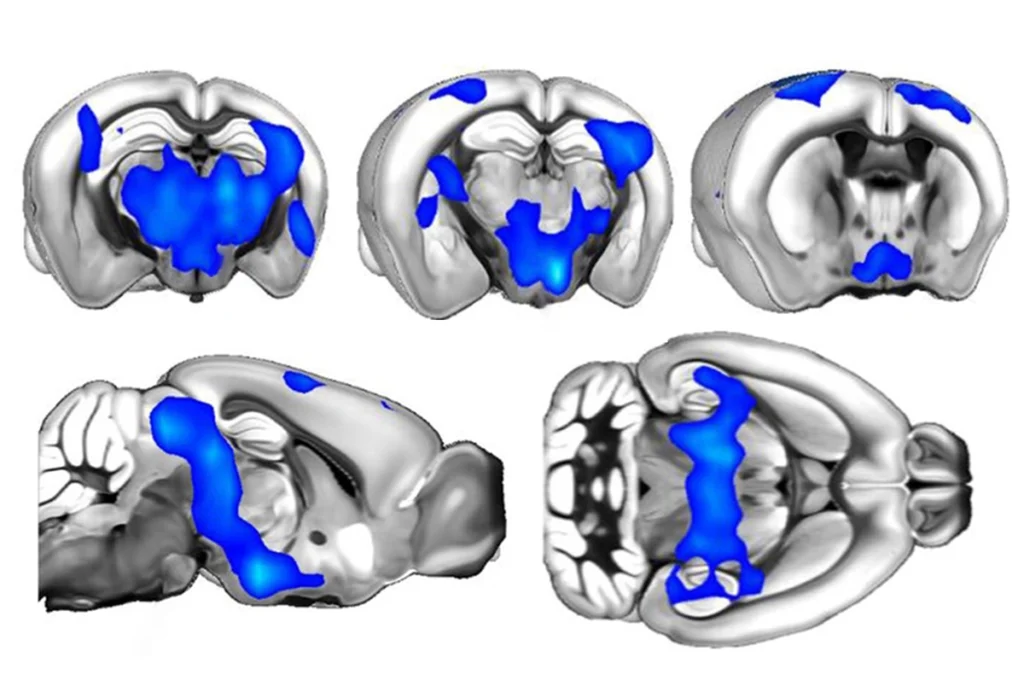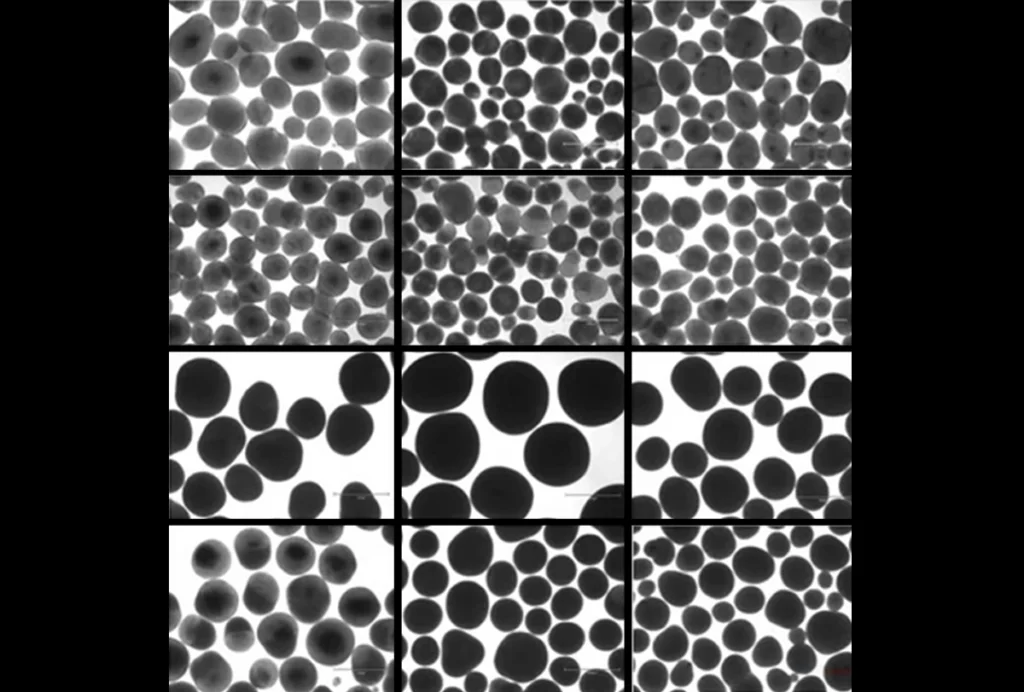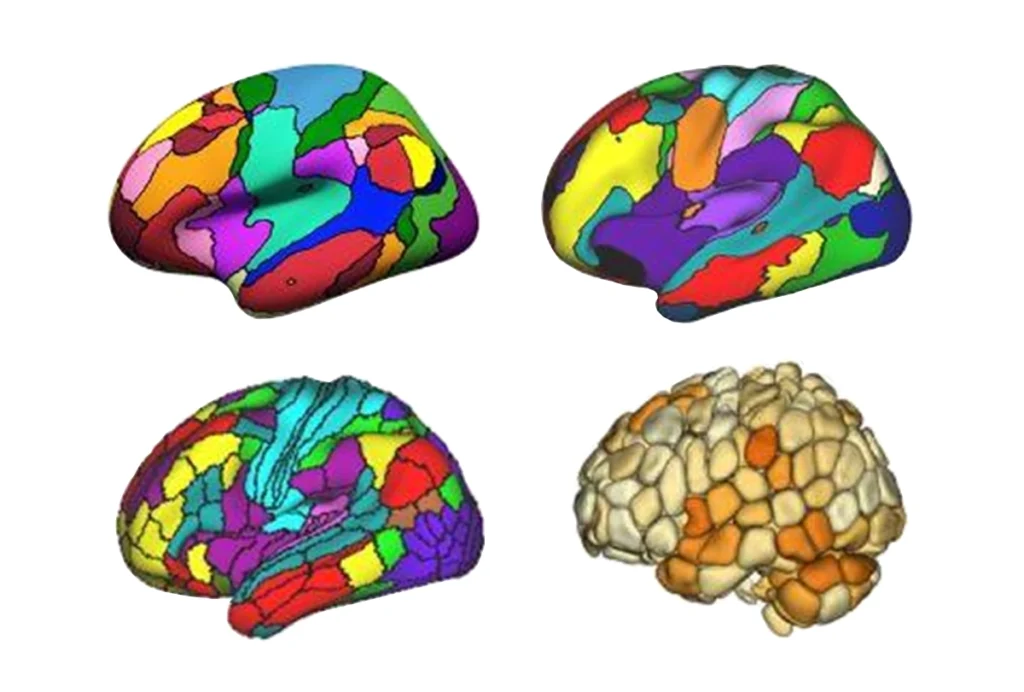
Technique decodes gene sequence and activity in single cells
A new method simultaneously reveals a single cell’s DNA sequence and which of its genes are turned on.
A new method simultaneously reveals a single cell’s DNA sequence and which of its genes are turned on. The technique, described 27 April in Nature Methods, may help researchers create a more accurate and detailed picture of how mutations in autism candidates perturb cell function1.
Researchers typically pool cells before sequencing their DNA. They can also sequence messenger RNA (mRNA) — the molecular middleman between a gene and a protein — from these cell batches. The mRNA reveals which genes are expressed in the cells. But sequencing cells in groups obscures possible differences in DNA sequence and gene expression among cells.
In the past several years, researchers have increasingly used single-cell sequencing to separately study how DNA’s and RNA’s chemical letters vary from cell to cell. A new procedure, called genome and transcriptome sequencing (G&T-seq), goes one step further. It allows researchers to retrieve both DNA and mRNA from the same cell and sequence them in parallel. In this way, researchers can directly connect a cell’s DNA sequence to its gene activity.
To accomplish this feat, researchers combined and adapted several existing methods. To separate mRNA from DNA, they took advantage of unique sequences at the ends of mRNA molecules, called poly-A tails. Using magnetic beads adorned with sequences complementary to these tails, they fished the mRNA out of a solution containing a single cell, leaving the DNA behind. G&T-seq is designed so very little of the cells’ scant genetic material is lost.
The researchers then altered a technique called Smart-seq2 for amplifying RNA so that it works efficiently on mRNA isolated using the magnetic beads. For the remaining steps, amplifying DNA and sequencing DNA and RNA, scientists can choose from among existing methods.
The team tested G&T-seq in mouse embryos treated with a chemical that causes some cells to have too many chromosomes and others to have too few. As expected, cells with extra chromosomes produce more mRNA from genes that reside on those chromosomes, and cells missing chromosomes show diminished expression.
In another experiment, neurons grown from the stem cells of people with Down syndrome show changes in gene expression consistent with having an extra copy of chromosome 21.
The cell-specific data emerging from this new method is likely to open a new window into how cells control gene expression, the researchers say. This information may help researchers understand how cells differentiate during normal development and how this process may go awry in disorders such as autism.
References:
1. Macaulay I.C. et al. Nat. Methods Epub ahead of print(2015) PubMed
Recommended reading

Building an autism research registry: Q&A with Tony Charman

CNTNAP2 variants; trait trajectories; sensory reactivity

Brain organoid size matches intensity of social problems in autistic people
Explore more from The Transmitter

Cerebellar circuit may convert expected pain relief into real thing

